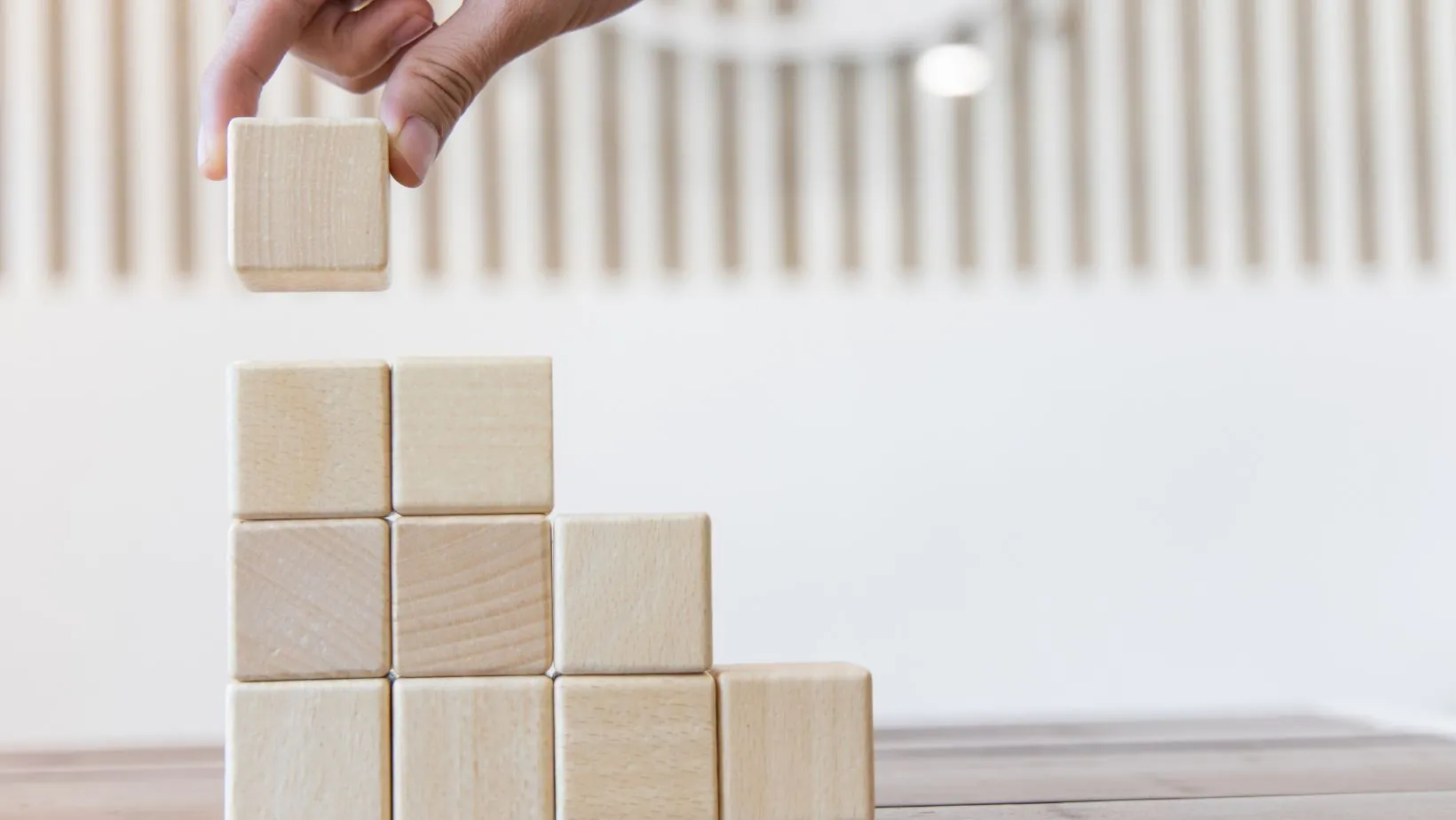In the ever-evolving world of health and fitness, one common frustration unites almost everyone: it’s not starting that’s hard—it’s staying consistent. Whether it’s a commitment to daily exercise, eating healthier, or managing stress better, most people find that their motivation fades long before their goals are achieved. This is because health isn’t built on intensity alone—it’s built on sustainable, repeatable routines. That’s where a powerful strategy called habit stacking comes in. This method helps you create health-focused behaviors by piggybacking them onto habits you already do daily, making new changes feel natural and easier to stick with over the long term.
What is Habit Stacking, and Why Does It Matter in Fitness?
Habit stacking is a behavioral strategy that involves linking a new habit to an existing one. The psychology behind it is simple but profound: when you connect a desired behavior to a habit already ingrained in your daily routine, it becomes easier for your brain to accept and repeat the new habit. The idea was popularized in books like Atomic Habits by James Clear and Habit Stacking by S.J. Scott, and it’s gaining traction in wellness and productivity circles alike.
For example, let’s say you always make coffee in the morning. You could stack a new habit—such as doing 15 squats—right after turning on the coffee maker. Over time, this pairing trains your brain to associate making coffee with movement. It reduces resistance, saves willpower, and leverages routines you already follow. In the realm of fitness, where consistency is everything, this kind of automation is incredibly valuable.
How Habit Stacking Rewires the Brain for Long-Term Change
From a neuroscience perspective, habits are formed through a loop: cue, routine, and reward. When you habit stack, you’re using the cue of an existing habit to kickstart a new routine—and if you follow it with a reward (even just a feeling of accomplishment), it helps lock the loop into place. Over time, these new behaviors get stored in the brain’s basal ganglia—the area responsible for habitual behavior—making them easier to perform without conscious thought.
This method also reduces what’s known as decision fatigue. Many people fail to stick to healthy habits simply because they’re overwhelmed by the number of choices they must make throughout the day. When your new habits are stacked onto established routines, they require fewer decisions and less mental effort, increasing the chances that you’ll follow through—even on days when motivation is low.
Step-by-Step: How to Start Habit Stacking for Health and Fitness
The first step to building a habit stack is to identify a reliable anchor habit—something you already do consistently every day. This could be brushing your teeth, taking a shower, eating breakfast, checking your email, or even something as simple as turning on the TV in the evening. The more ingrained and regular the habit, the better it will serve as a foundation.

Create a formula for yourself using this simple template:
After I [current habit], I will [new habit].
For example:
- After I pour my morning coffee, I will stretch for two minutes.
- After I finish lunch, I will go for a 10-minute walk.
- After I get home from work, I will change into workout clothes immediately.
By repeating this daily, the new behavior becomes part of your routine without needing to rely on motivation.
Real-Life Fitness Habit Stack Examples
Let’s bring this to life with some practical health and fitness-oriented stacks:
Morning Routine Stack
- After I wake up, I will drink a full glass of water.
- After I brush my teeth, I will do 10 squats.
- After I make coffee, I will write down one goal for the day and do 5 minutes of stretching.
Workday Routine Stack
- After I log in to my computer, I will stand and stretch my shoulders.
- After I eat lunch, I will walk around the block.
- After every hour of work, I will take 60 seconds to do some deep breathing.
Evening Routine Stack
- After I finish dinner, I will prepare my workout clothes for tomorrow.
- After I put my phone on the charger, I will spend 5 minutes foam rolling or meditating.
- After I turn off the TV, I will do 10 minutes of gentle yoga or stretching before bed.
These are small, sustainable actions that require very little time but have compounding effects on your health and energy levels over time.
Habit Stacking for Better Nutrition
Health and fitness aren’t just about movement—nutrition plays a critical role. Habit stacking can also be used to build better eating habits. For instance:
- After I finish preparing dinner, I will portion out tomorrow’s lunch.
- After I grocery shop, I will wash and chop my vegetables right away.
- After I drink my morning coffee, I will have a high-protein breakfast.
- After I finish my workout, I’ll drink a glass of water and prep a healthy snack.
These small actions eliminate barriers to healthy eating by creating systems around them. Instead of leaving decisions up to chance, you automate them into your life.
The Power of Identity and How It Reinforces Habit Stacks
One of the most overlooked factors in habit formation is identity. When people identify as “someone who works out,” or “someone who eats clean,” they are more likely to act in ways that support that identity. This mindset can even extend to choices like selecting healthier alternatives in everyday life—such as opting for smoother, more refined vape flavours instead of traditional smoking. Habit stacking becomes even more effective when you align your stacks with your identity, reinforcing the kind of lifestyle you want to lead.
If your goal is to become someone who lives an active lifestyle, your habit stack might look like:
- After I take a shower, I’ll do a minute of core exercises because I’m someone who values strength.
- After I get dressed, I’ll go for a 15-minute walk because I care about my heart health.
The more often you complete these identity-based actions, the more solid your belief becomes. In essence, every repetition is a vote for the person you want to be.
Avoiding Common Pitfalls in Habit Stacking
Like any technique, habit stacking isn’t foolproof, and several common mistakes can undermine your progress. The first is trying to do too much at once. It’s tempting to stack five new habits all at once, but this usually leads to overwhelm and burnout. Start with one new habit and allow it to become automatic before introducing another.

Lastly, don’t forget to celebrate your wins, no matter how small. A simple mental “yes, I did it!” or a smile to yourself reinforces positive feelings and keeps you emotionally connected to your goals.
Tracking and Measuring Progress
Tracking your habit stacks can help reinforce consistency and keep you accountable. You can use simple tools like a wall calendar, bullet journal, or a habit tracking app like Habitica, Streaks, or Productive. The key is visibility—seeing your streaks grow provides motivation to keep going, and noticing a lapse lets you course-correct early. If you’re looking to add a fun, engaging activity to your wellness routine, ballroom dancing can be a powerful way to stay active and mentally sharp. Click here to explore how joining a local dance community can complement your health habits with movement, rhythm, and social connection. It’s also important to focus on consistency, not perfection. Missing one day doesn’t break the chain—it’s missing two or three in a row that risks slipping back into old patterns. Make it easy to restart, and remember that progress isn’t linear.
Conclusion: Small Changes Lead to Big Results
In the pursuit of a healthier life, it’s not about grand gestures or intense transformations. It’s about the little things you do every day. Habit stacking offers a low-pressure, high-impact way to build wellness into your life organically. It doesn’t require an overhaul of your routine—just a thoughtful rearrangement.
By leveraging habits you already have, you remove many of the mental barriers that stand in the way of lasting change. Whether you want to exercise more, eat healthier, sleep better, or manage stress, habit stacking allows you to build a lifestyle that supports your health goals without overwhelming your mind or your schedule.
Start small. Be patient. And trust the process—because when small healthy habits stack up, they lead to lasting transformation.



